During the recent state legislative session Florida lawmakers approved new rules for plastic surgery centers, which have been loosely regulated despite the deaths of patients.
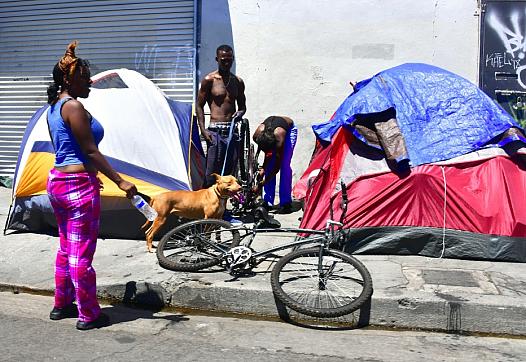
We tour South L.A.'s Homeless Outreach Program Integrated Care System with L.A. County Supervisor Mark Ridley-Thomas. Plus, elder abuse is more common than you might think. And, the latest news out of Hollywood.
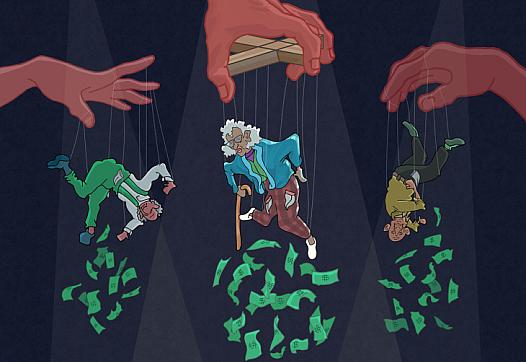
This story was produced as part of a larger project led by Michelle Faust Raghavan, a participant in the USC Center for Health Journalism's 2018 Data Fellowship.
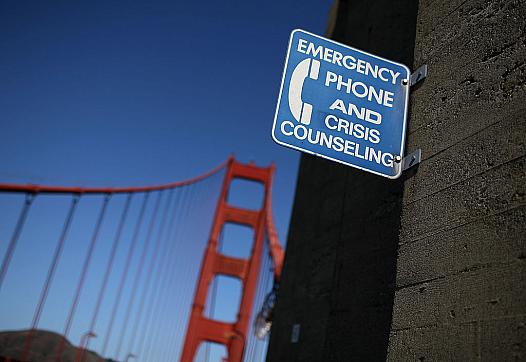
The suicide rate for boys ages 15 to 19 jumped dramatically in 2017, reaching its highest point in a generation.
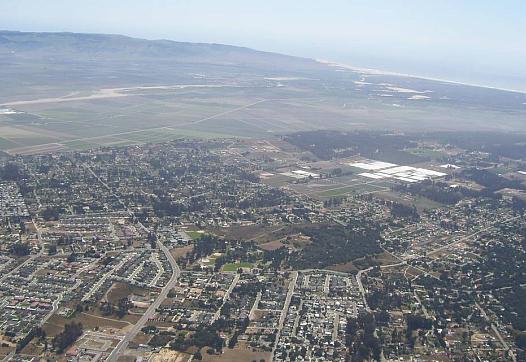
We are investigating air quality on the Nipomo Mesa to learn about how bad air days affect local families and their health — and we want to hear your story.

The share of children in Pennsylvania living in high-poverty neighborhoods has been steadily growing, according to new data released Monday by The Annie E. Casey Foundation as part of its annual “Kids Count” state-by-state review.
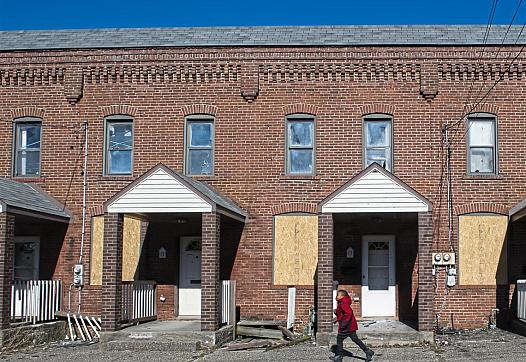
The share of children in Pennsylvania living in high-poverty neighborhoods has been steadily growing, according to new data released Monday by The Annie E. Casey Foundation as part of its annual “Kids Count” state-by-state review.

ER visits rose 18% from 2012 to 2017, posing financial and operational difficulties.

The gap between African Americans and whites in controlling hypertension decreased by 58% from 2009 to 2017. Explaining why is trickier.

Three days after Hurricane María, Isolina Miranda stared in disbelief at what was left of the two-story building where a community health center once stood in the heart of San Lorenzo, a town in Puerto Rico.
